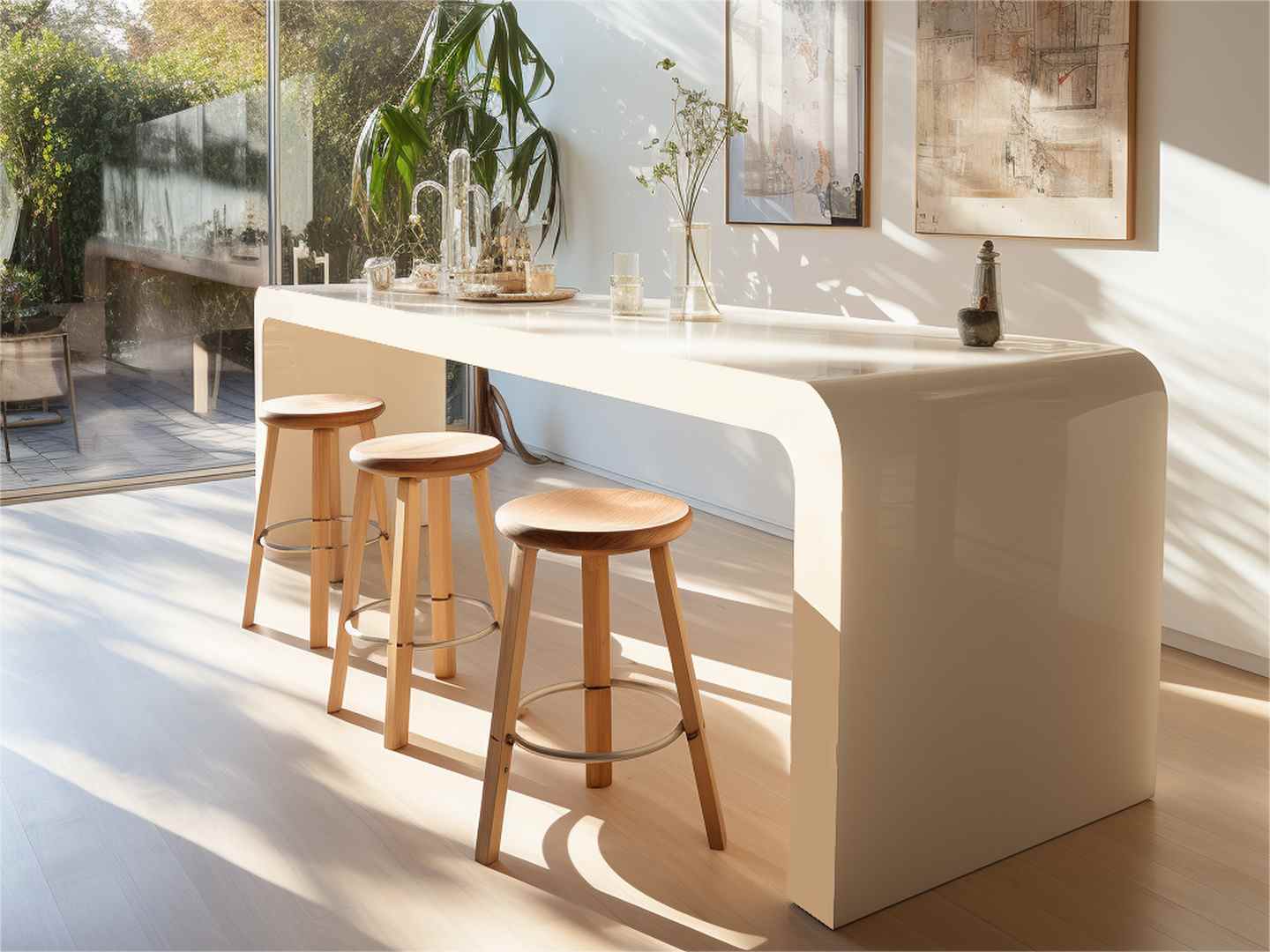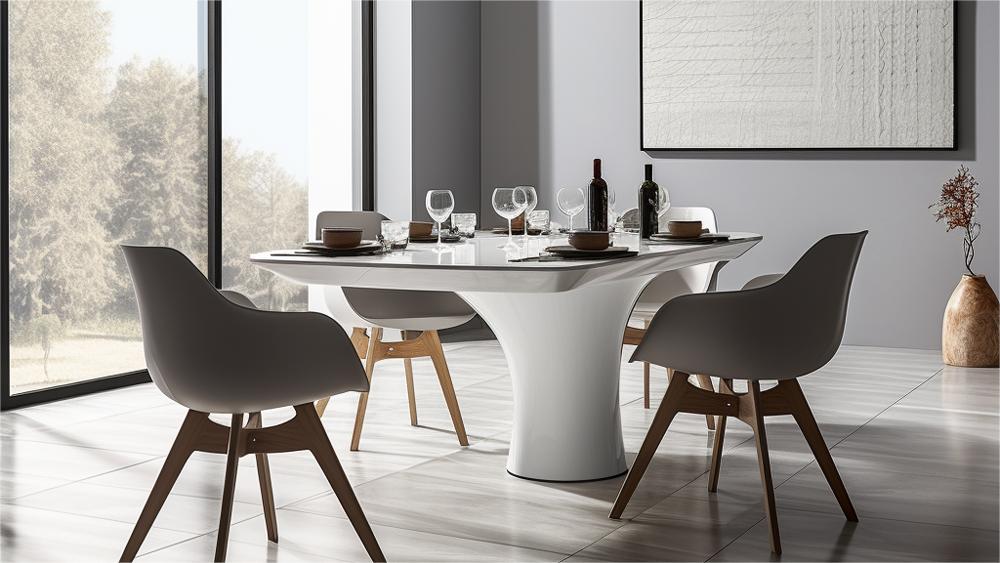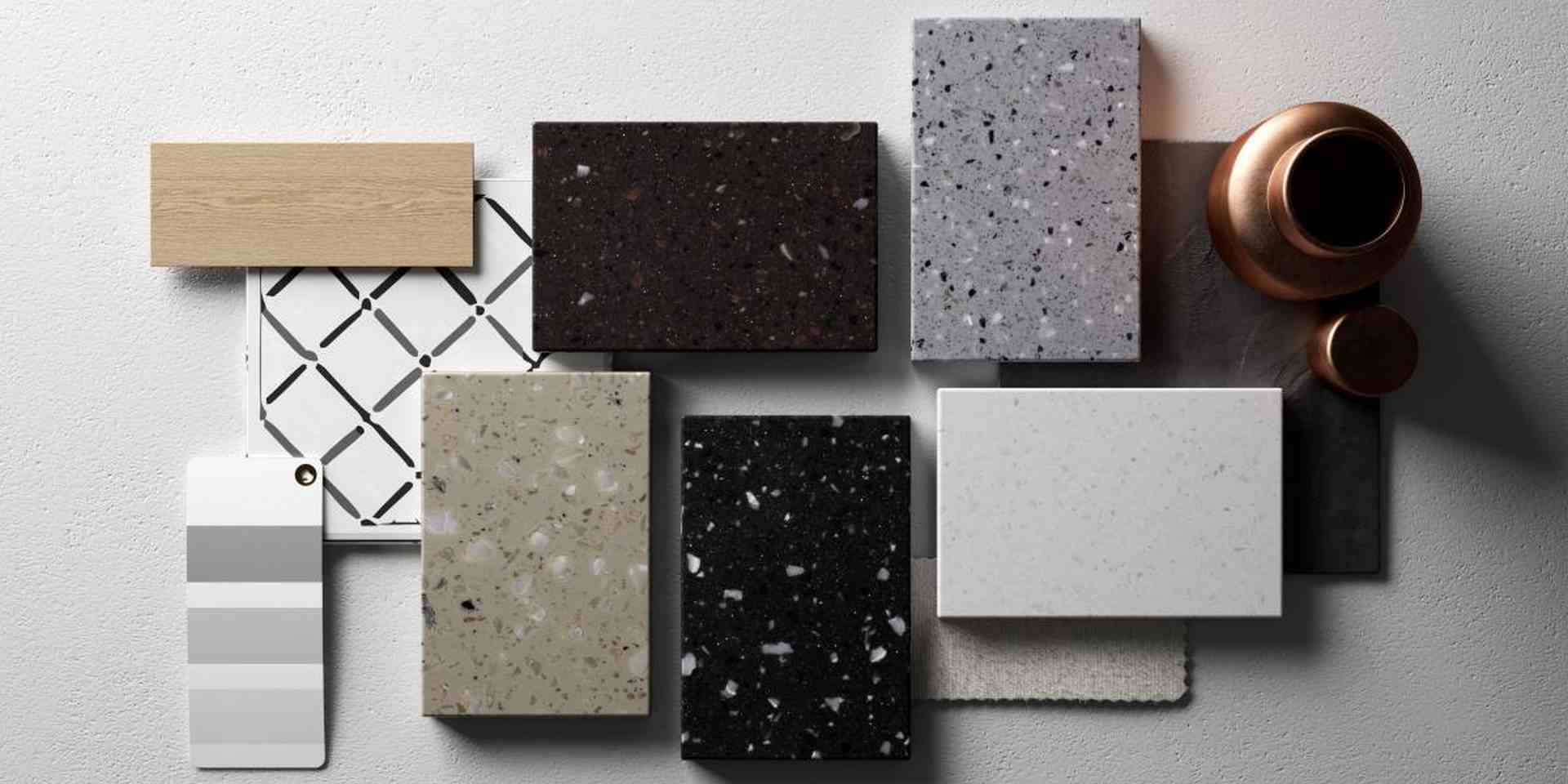Choosing a Solid Surface Manufacturer
Introduction
When it comes to choosing a solid surface manufacturer, making the right decision is crucial for the success of your bathroom project.
We understand the importance of selecting a partner who not only meets your design aspirations—like the perfect bathtub design—but also delivers on quality, durability, and sustainability.
In this article, we'll guide you through 10 essential aspects, from understanding your specific needs and evaluating the overall design, to considering maintenance, environmental impact, and budget.
Whether you're looking for durability, eco-friendliness, or professional communication, these 10 characteristics will help you choose a solid surface manufacturer that aligns with your vision and ensures a successful outcome.

1. Understand Your Needs
When selecting a solid surface manufacturer, the first step is to thoroughly understand your project's specific needs.
This involves considering whether your project is intended for indoor or outdoor use.
Not all solid surface materials are suited for outdoor environments, as some cannot withstand prolonged exposure to sun and rain.
However, high-quality solid surfaces can be incredibly versatile, used in demanding environments like airport reception desks or hospital nurse stations, and even as materials for Abutment (dentistry) due to their durability and aesthetic appeal.
Additionally, understanding your project’s style is crucial.
The design aesthetic of your space will influence the type of solid surface that aligns with your vision, whether it's sleek and modern or warm and traditional.
Lastly, consider the usage context—commercial or home use.
Commercial spaces require materials that can endure high traffic and significant wear and tear, while residential projects might focus more on aesthetic appeal and functionality.
Selecting a manufacturer who understands these nuances will ensure the material meets both your practical and design needs.

2. Consider the Overall Design
Choosing the right solid surface manufacturer goes beyond just selecting a material; it’s about ensuring that the material complements your overall design vision.
Solid surface materials are highly adaptable, seamlessly fitting into various design styles, from simple and classic to modern and avant-garde.
Whether you're aiming for a minimalist look or something more eclectic, a quality manufacturer can provide materials that enhance your desired aesthetic.
Moreover, attention to color and texture matching is essential.
The manufacturer should offer a wide range of color palettes and textures that can be tailored to harmonize with the existing elements of your space.
This customization is crucial in achieving a cohesive look, whether it’s a bold, statement-making piece or a subtle, complementary design.
Functionality is another critical aspect of design.
The solid surface should not only look good but also serve its intended purpose efficiently.
Whether you need surfaces that are easy to clean, scratch-resistant, or capable of withstanding heavy use, the design should balance aesthetics with practicality.
Selecting a manufacturer who understands the importance of these elements will ensure your design is both beautiful and functional.

3. Evaluate Durability and Size
Durability is a key factor when selecting a solid surface manufacturer, especially if your project requires long-lasting performance.
To ensure the material will stand the test of time, it’s essential to evaluate its resistance to damage.
A reputable manufacturer should provide detailed information on the material's strength, including results from scratch and polishing tests.
These tests indicate how well the surface can withstand everyday wear and tear, making it easier to determine if it’s suitable for high-traffic areas or heavy-use environments.
In addition to physical durability, chemical resistance is crucial.
Solid surfaces in environments exposed to strong alkalis or acids, such as laboratories、commercial or kitchens, need to resist corrosion and degradation over time.
A solid surface material that performs well in chemical resistance tests will be more reliable and maintain its appearance and integrity longer.
Maintenance is another important consideration.
The best manufacturers will offer solid surfaces that are not only durable but also easy to maintain.
Evaluate how the material holds up over time and how much effort will be required to keep it in top condition.
This includes understanding how easy it is to clean, whether it shows stains, and if it can be polished or repaired if minor damage occurs.
By considering these factors, you can choose a manufacturer that offers both durability and ease of maintenance, ensuring your solid surface investment remains in excellent condition for years to come.

4. Consider Whether It Is Environmentally Friendly
In today’s environmentally-conscious world, the sustainability of the solid surface manufacturer you choose is paramount.
It's crucial to evaluate whether the company’s production process pollutes the environment, including air, water, and land.
A responsible manufacturer should adhere to strict environmental standards, ensuring their operations minimize ecological impact.
One of the hallmarks of high-quality solid surface materials is the use of non-toxic, safe raw materials.
Manufacturers committed to environmental safety often use acrylic resins and natural mineral powders, which are known for not releasing harmful gases during regular use.
This makes them a safer choice for both residential and commercial spaces, contributing to healthier indoor environments.
Recyclability is another key factor.
Some manufacturers offer recycling programs that allow old solid surfaces to be repurposed into new products, thereby extending the life cycle of the material and reducing waste.
This approach not only conserves resources but also supports a circular economy.
Durability also plays a role in sustainability.
Longer-lasting materials mean fewer replacements over time, which reduces resource consumption and waste generation.
Opting for a manufacturer that produces durable, eco-friendly solid surfaces helps contribute to long-term environmental benefits.
Finally, consider whether the manufacturer has adopted energy-saving production methods.
Companies that invest in reducing waste and energy consumption during production are not only cutting costs but also reducing their overall environmental footprint.
By choosing a manufacturer with these practices, you’re supporting a greener, more sustainable future.

5. Confirm Maintenance Requirements
Understanding the maintenance requirements of solid surface materials is essential for ensuring long-term satisfaction and durability.
Proper cleaning methods play a significant role in maintaining the material's appearance.
Minor scratches can be easily addressed by lightly polishing with fine sandpaper and wiping with a clean water scouring pad, keeping the surface looking fresh.
Solid surfaces are renowned for their strong stain resistance due to their non-porous nature.
This feature prevents dirt and liquids from penetrating, making cleaning a breeze with just mild detergent and water.
The smooth, non-porous surface also means that bacteria have a hard time thriving, contributing to a more hygienic environment.
Repairability is another key advantage of solid surfaces.
Minor scratches or abrasions can be repaired by sanding, restoring the material to its original smoothness.
For deeper scratches or cracks, color-matching repair agents and professional polishing can bring the surface back to its former glory.
Even heat damage or stubborn stains can be remedied with the right techniques, often requiring professional tools and expertise.
Seamless connections are a hallmark of solid surface materials, ensuring that even large installations maintain a uniform appearance.
For complex repairs or severe damage, professional services are recommended to achieve the best results, ensuring your investment remains in top condition for years to come.

6. Choose According to the Budget: Pattern, Thickness, Quantity, etc.
When selecting a solid surface manufacturer, aligning your choice with your budget is essential.
The final product's cost can vary significantly based on the material composition, with certain high-quality blends driving up the price.
Additionally, opting for specific patterns, colors, and thicknesses can increase production complexity and costs.
Larger quantities might offer bulk pricing benefits, but they also require careful consideration of the total expenditure.
Balancing your aesthetic and functional needs with budget constraints ensures you get the best value without compromising on quality.

7. Confirm the Sample According to the Required Product
To ensure the solid surface material meets your project’s specifications, start by confirming where it will be used—whether on walls, desktops, floors, or in product production.
Communicate your needs clearly with the manufacturer, including specific colors, patterns, and drawings.
Once a sample is provided, thoroughly inspect it to ensure it aligns with your expectations.
After reviewing, provide feedback to the manufacturer and confirm the sample before proceeding.
This step is crucial for avoiding costly mistakes and ensuring the final product perfectly matches your vision.

8. Confirm the Installation According to the Layout
Proper installation is key to ensuring that your solid surface material fits seamlessly into your project.
Begin by reviewing the design drawings, paying close attention to the layout’s rationality and ensuring all necessary spaces are reserved for installation, including water and electricity interfaces.
Accurately measure the site, confirming dimensions against the design drawings to avoid any discrepancies.
If cutting is necessary, plan and arrange this step well in advance. Conduct an installation simulation to identify any potential issues.
Communicate with your installer to adjust details as needed before the final installation.
Once installed, thoroughly inspect the work, making any necessary adjustments to ensure a flawless finish.

9. Consider Warranty and After-Sales Issues
When choosing a solid surface manufacturer, carefully review the warranty and after-sales support they offer.
Warranty terms can vary significantly, typically ranging from 1 to 10 years, depending on the manufacturer's policy.
A comprehensive warranty should cover material defects, color discrepancies, and cracks, but it’s important to note that issues arising from improper use or installation are generally excluded.
Damages caused by chemicals or human error may also fall outside the warranty’s coverage.
In addition to warranty terms, consider the level of after-sales support provided by the manufacturer.
Reliable after-sales service includes responsive customer support, efficient logistics, and robust maintenance options.
This ensures that any issues you encounter post-installation are addressed promptly and professionally.
A manufacturer with strong after-sales support can make a significant difference in your overall experience, offering peace of mind and ensuring that your investment is protected for years to come.

10. Communicate with Professionals
Effective communication with professionals is crucial when choosing a solid surface manufacturer.
Engage with designers, architects, and installers early in the process to ensure all technical details are understood and executed properly.
These experts can provide valuable insights into material selection, installation techniques, and potential challenges.
Clear communication helps prevent misunderstandings, aligns expectations, and ensures a smooth project execution.
By collaborating closely with industry professionals, you can make informed decisions and achieve the best possible results for your solid surface installation.

Conclusion
In this article, we explored 10 critical aspects to consider when choosing a solid surface manufacturer, from understanding your specific needs to ensuring strong after-sales support.
Among these factors, evaluating durability and confirming samples according to your product requirements were the most popular considerations, often leading to higher purchase rates.
Budget alignment and overall design integration were also highly prioritized by consumers, as they directly impact the final look and cost of the project.
On the other hand, aspects like environmental sustainability and detailed communication with professionals, while essential, were less common in the initial decision-making process but proved crucial for long-term satisfaction.
Welcome to know more detailed information about products in Cpingao:
